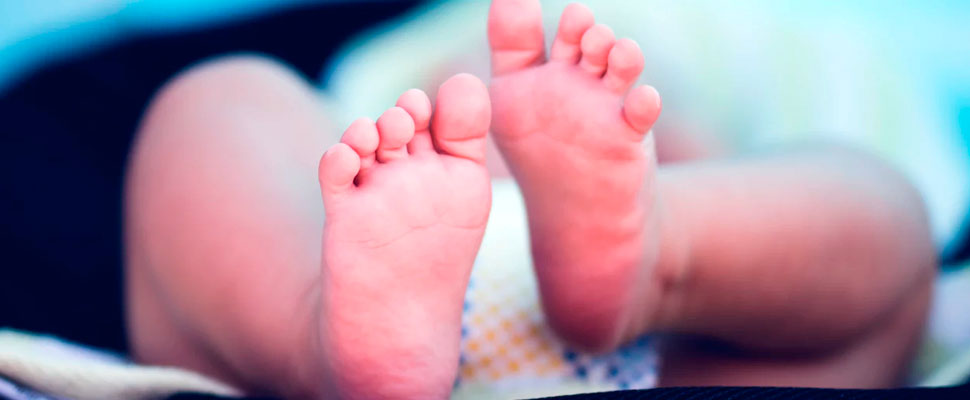Do you know how to handle your baby’s diaper rash?
Listen this article
We give you some recommendations to prevent and cure diaper rash, an irritation that can be uncomfortable for your baby

Diaper rash is an irritation that occurs in the groin and genital area. According to pediatrician Jaime Cespedes, vice president of the Colombian Society of Pediatrics, "heat, humidity, and lack of ventilation are the three ingredients to form this type of skin irritation in a child". Although it may initially present as a minor skin lesion, it can be aggravated if not treated in time.
Leer en español: ¿Tu bebé tiene pañalitis? Te contamos cómo curarla
This happens, mainly, when the baby's skin has a prolonged exposure to urine and feces, favoring a warm and humid environment that can produce bacteria and fungi.
Is it possible to prevent it?
1. The most important thing is to make sure you constantly remove the waste and change the diaper correctly and constantly. Try cleaning it with damp cloths or soap and water to keep the pH balanced at each diaper change.
2. If you have a girl, in addition, it is important that you clean it from front to back to prevent waste from being dragged. Do not forget to clean the folds very well.
3. Use absorbent diapers that preferably contain a distribution sheet so moisture does not remain in contact with your baby's dedicated skin.
You may also be interested: What medications can I not take during my pregnancy?
4. Pequeñin Colombia recommends buying diapers with the exact size so that it is not loose and thus avoid leaks, or so adjusted to produce chafing and excessive heat in the genital parts. In addition, you should perform 4 to 6 diaper changes, or 8 to 10 in newborns, for their delicate skin.
5. Wash your hands very well to prevent the transmission of germs and try to keep the surface where you change the diaper impeccable.
How to cure it?
To get rid of your baby's discomfort, it will be enough to take off the diaper, clean it very well, put on your anti-irritation cream and leave it naked as long as possible to avoid the discomfort. It is possible that with this condition your baby becomes very sensitive, that he has excessive crying, that he moves constantly without being able to accommodate himself in any position, so it is important that you have patience.
However, if after 3 days your baby is still irritated, with red skin, or if you get to notice blisters, peeling, many red dots, discharge or blood, it is very likely that an infection with fungi has occurred.
Go to the pediatrician immediately so he can tell you the treatment to follow and do not self-medicate. First seek the consent of the specialist before trying any remedy, even if natural.
LatinAmerican Post | Luisa Fernanda Báez
Translated from "¿Sabes cómo manejar la pañalitis de tu bebé? "





